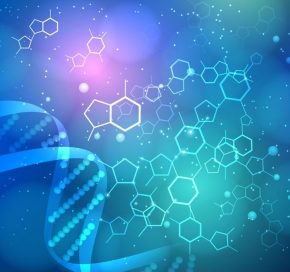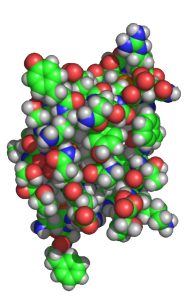Epigenetic Impacts

Until just a few years ago, scientists thought that the primary way species evolve is through heritable changes in their DNA, otherwise known as genetic mutations. But only a very few of many million mutations confer a meaningful advantage to an organism. Those that do tend to spread through the population from generation to generation.
This process of mutation can lead to stable changes in an organism’s genetic code. It is what lies behind the survival of the fittest. At least that is what scientists thought since 1859, the year that Darwin’s famous book On the Origin of Species was published.
But for over a decade, scientists around the world have been documenting, and tracing the roots of a new way genetic change occurs that is not grounded in stable mutations of DNA. It is called epigenetics.
Epigenetic changes in people, birds, or bees arise from alterations in when, why, and how strongly various genes are expressed.

Genes exist for many reasons, but one of the most fundamental to life on earth is producing proteins that govern just about everything that make a given organism tick. Proteins synthesized by genes drive an infant’s development, a fish’s ability to ward off infection, and the ways salmon find their way back to shallow waters way upstream where they hatched. Across all species, disruptions in when and how much protein a gene produces often make the difference between health and survival, and the alternative.
Epigenetic changes arise from disruptions in gene expression patterns that govern protein synthesis, and as a result, an organism’s response to biotic and abiotic stresses.
Biotic stress comes from exposure to chemicals, pest attacks, or inadequate or unbalanced nutrient intakes. Abiotic stress can be triggered by environmental factors like heat, cold, drought, excessive moisture, or overly intense solar energy.
Only a very small fraction of epigenetic changes prove detrimental or advantageous to an organism’s survival. An even smaller fraction are common enough, and sufficiently impactful to lead to stable and heritable changes in a population’s genetic code.
Unfortunately, exposure to some widely used pesticides appear capable of triggering adverse and heritable epigenetic changes. By far the two most widely used pesticides in world history — glyphosate and atrazine — have both been shown to cause heritable epigenetic changes in a three-generation mouse model.
Scientific teams around the world are working to identify genetic markers that tend to be associated with, and arise from epigenetic changes. The HHRA is funding some of this work and hopes to continue to do so.
The Heartland Study, our flagship project, is the first large-scale clinical study in the world designed to explore pesticide-induced epigenetic changes in humans, as opposed to epigenetic changes in laboratory animals.
As markers are identified, The Heartland Study team will incorporate them in our ongoing exploration of how prenatal herbicide exposures are altering genes and gene expression in the infants born to Heartland Study moms. This line of research may unlock well-kept secrets about the roots of autism, ADHD, diabetes, abnormal sexual development, and many chronic diseases, including certain cancers.
We are determined to push epigenetic science forward as rapidly as possible and whenever funding allows. If herbicides are indeed triggering heritable and adverse epigenetic changes in people across the Heartland, society will surely want to better understand the public health consequences, and in the interim, accelerate progress toward safer ways to manage weeds.
